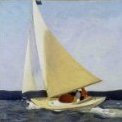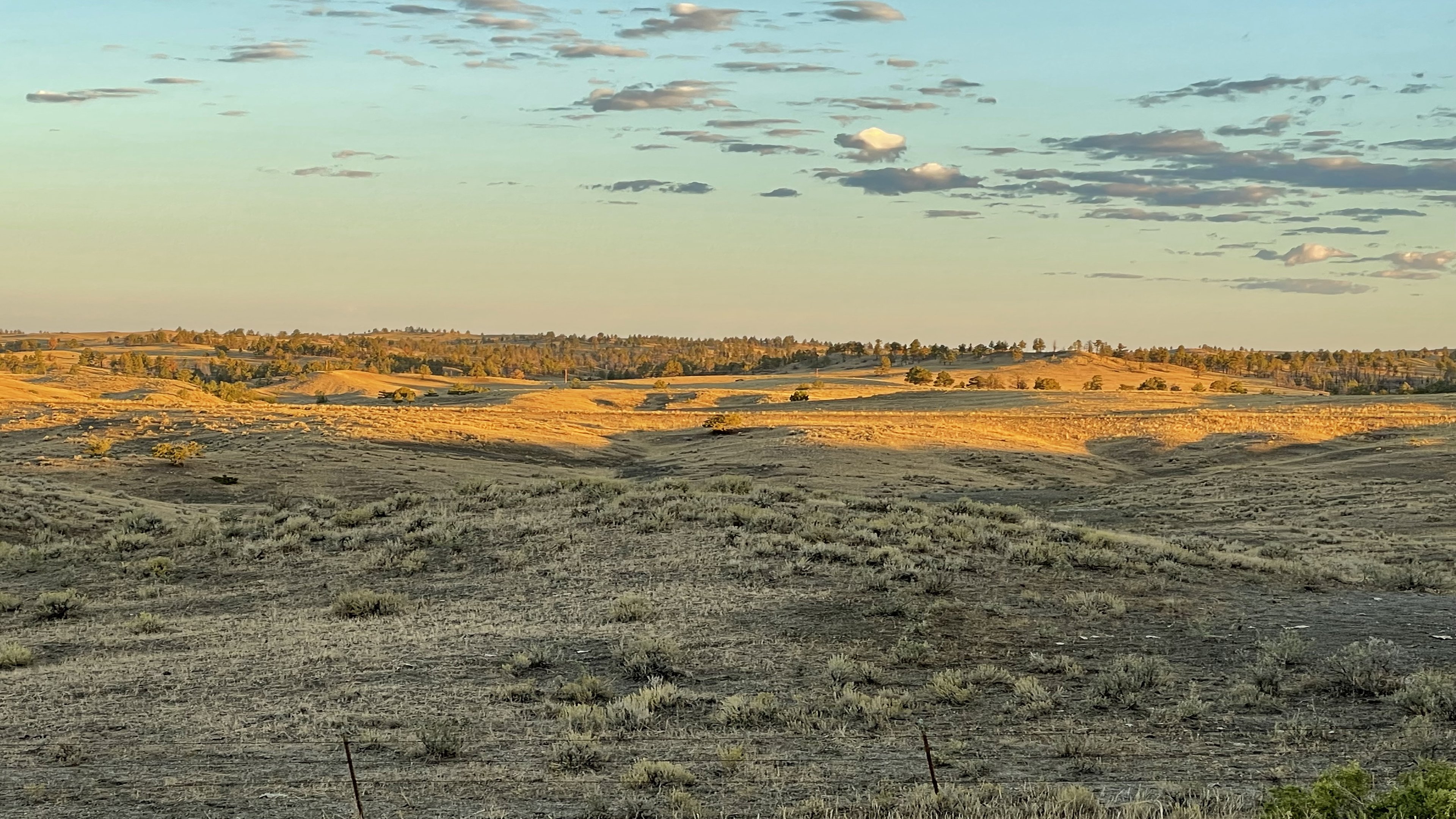-
Posts
654 -
Joined
-
Last visited
Content Type
Profiles
Forums
Gallery
Events
Everything posted by Jay 1
-

Cutter Cheerful 1806 by Maury S - 1:48 - POB
Jay 1 replied to Maury S's topic in - Build logs for subjects built 1801 - 1850
I'm with Anthony--very nicely done! Thanks for sharing your lessons learned from your Emma build (beautiful model btw!). The "Cheerful" will probably be my next build (have the plans & etc), so it's great to follow along your and Chuck's builds. One thing that's been at the back of my mind is using 1/4" hardwood in place of plywood for the bulkhead former and bulkheads--mainly because even the 'better' grades of plywood I've found so far is not straight, is too thick or too thin, and etc. Based on the fairing you've done so far, Maury, do you think it would be a little easier to do some light pre-beveling on the bulkheads before installing them? Am thinking along those lines if I use hardwood in place of plywood. Again, your work looks great and I really enjoy following you build! Cheers, Jay -
Chuck, thanks for sharing this great info.--your 'visuals' are both excellent and very helpful! Want to also ask the same question that Chuck S. asked 2 posts above. I also struggle with getting the garboard strake the right length. Definitely appreciate tips or suggestions on getting the garboard right! Cheers, Jay
- 1,051 replies
-
- cheerful
- Syren Ship Model Company
-
(and 1 more)
Tagged with:
-

convertion fraction to mm
Jay 1 replied to rafterrat_2005's topic in Modeling tools and Workshop Equipment
1. Divide fraction numerator by its denominator. 2. Multiply #1 result by 25.4 Example: 1/4" 1. 1 divided by 4 = 0.25 2. 0.25 x 25.4 = 6.35 mm Cheers, Jay -
Here's a link to a Roger B. Taney that's currently available on eBay: http://www.ebay.com/itm/271605011092?ru=http%3A%2F%2Fwww.ebay.com%2Fsch%2Fi.html%3F_sacat%3D0%26_udlo%3D%26_udhi%3D%26_ftrt%3D901%26_ftrv%3D1%26_sabdlo%3D%26_sabdhi%3D%26_samilow%3D%26_samihi%3D%26_sadis%3D15%26_stpos%3D%26_sop%3D12%26_dmd%3D1%26_ipg%3D50%26_nkw%3D271605011092%26_rdc%3D1 Good luck! Jay
-
In addition to the article Mark linked to, check out this superb log tutorial: http://modelshipworld.com/index.php/topic/152-le-superbe-by-blue-ensign-heller-plastic-built-as-le-praetorian-after-boudriot/?p=16686 Cheers, Jay
-
I also use Legos. They work great and PVA only slightly sticks to them and thus come undone fairly easily. Cheers, Jay
-
Excellent, Pete! That's an outstanding spray job--well done, sir! Cheers, Jay
- 220 replies
-
- finished
- volvo open 70
-
(and 1 more)
Tagged with:
-

Mayflower by SawdustDave - Finished
Jay 1 replied to SawdustDave's topic in - Build logs for subjects built 1751 - 1800
Dave, the second go look much better--very nice work! Do-overs often are a bummer but they're worth doing when we are happy with the revision--you nailed it with the your 2nd go. Cheers, Jay -
She's looking great, Pete--I really like the looks of the comm tower! Looking forward to seeing her with masted--very cool boat! Cheers, Jay
- 220 replies
-
- finished
- volvo open 70
-
(and 1 more)
Tagged with:
-
Nice work, Pete--everything looks good on the dry fit! It'll be fun watching this beauty unfold--glad you're having fun and getting into the build; that's what it's all about! Cheers, Jay
- 220 replies
-
- finished
- volvo open 70
-
(and 1 more)
Tagged with:
-
Kapow, buddy--you're back up on the bicycle again (one of my sayings is, 'it's not about what made us fall, but rather it's about how we get back up'). You sir are up and building--my hat's off to you! Cheers, Jay
- 220 replies
-
- finished
- volvo open 70
-
(and 1 more)
Tagged with:
-

Mayflower by SawdustDave - Finished
Jay 1 replied to SawdustDave's topic in - Build logs for subjects built 1751 - 1800
Dave, great avatar--it's wicked! I'm with Russ and Pete on going with the true waterline. Sometimes I think the right application of paint can really set off the natural beauty of the surrounding wood. Some of the minimal paint jobs I've seen here on the forum really capture this blend well. Like Nigel, I really enjoyed looking at your blog builds--some very nice work, sir! Cheers, Jay -
I'll be following along as well, Pete--she looks like she'll be a fun build! Cheers, Jay
- 220 replies
-
- finished
- volvo open 70
-
(and 1 more)
Tagged with:
-
Congratulations, Robert--she's a beauty! Everything looks excellent! Cheers, Jay
- 95 replies
-
- virginia
- artesania latina
-
(and 1 more)
Tagged with:
About us
Modelshipworld - Advancing Ship Modeling through Research
SSL Secured
Your security is important for us so this Website is SSL-Secured
NRG Mailing Address
Nautical Research Guild
237 South Lincoln Street
Westmont IL, 60559-1917
Model Ship World ® and the MSW logo are Registered Trademarks, and belong to the Nautical Research Guild (United States Patent and Trademark Office: No. 6,929,264 & No. 6,929,274, registered Dec. 20, 2022)
Helpful Links
About the NRG
If you enjoy building ship models that are historically accurate as well as beautiful, then The Nautical Research Guild (NRG) is just right for you.
The Guild is a non-profit educational organization whose mission is to “Advance Ship Modeling Through Research”. We provide support to our members in their efforts to raise the quality of their model ships.
The Nautical Research Guild has published our world-renowned quarterly magazine, The Nautical Research Journal, since 1955. The pages of the Journal are full of articles by accomplished ship modelers who show you how they create those exquisite details on their models, and by maritime historians who show you the correct details to build. The Journal is available in both print and digital editions. Go to the NRG web site (www.thenrg.org) to download a complimentary digital copy of the Journal. The NRG also publishes plan sets, books and compilations of back issues of the Journal and the former Ships in Scale and Model Ship Builder magazines.


